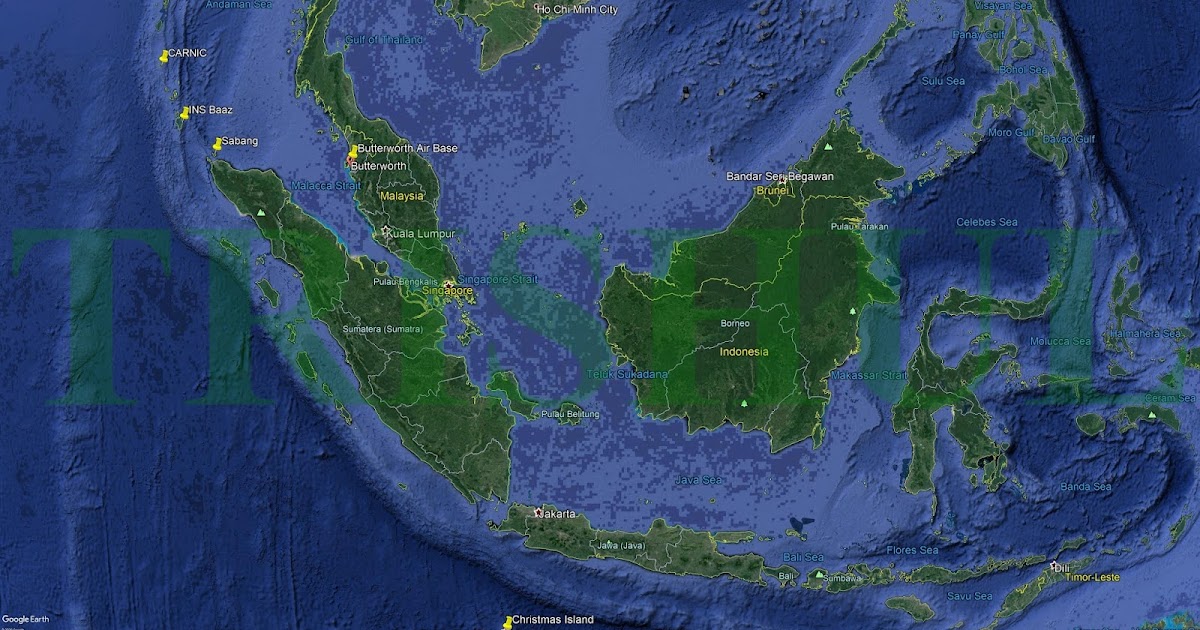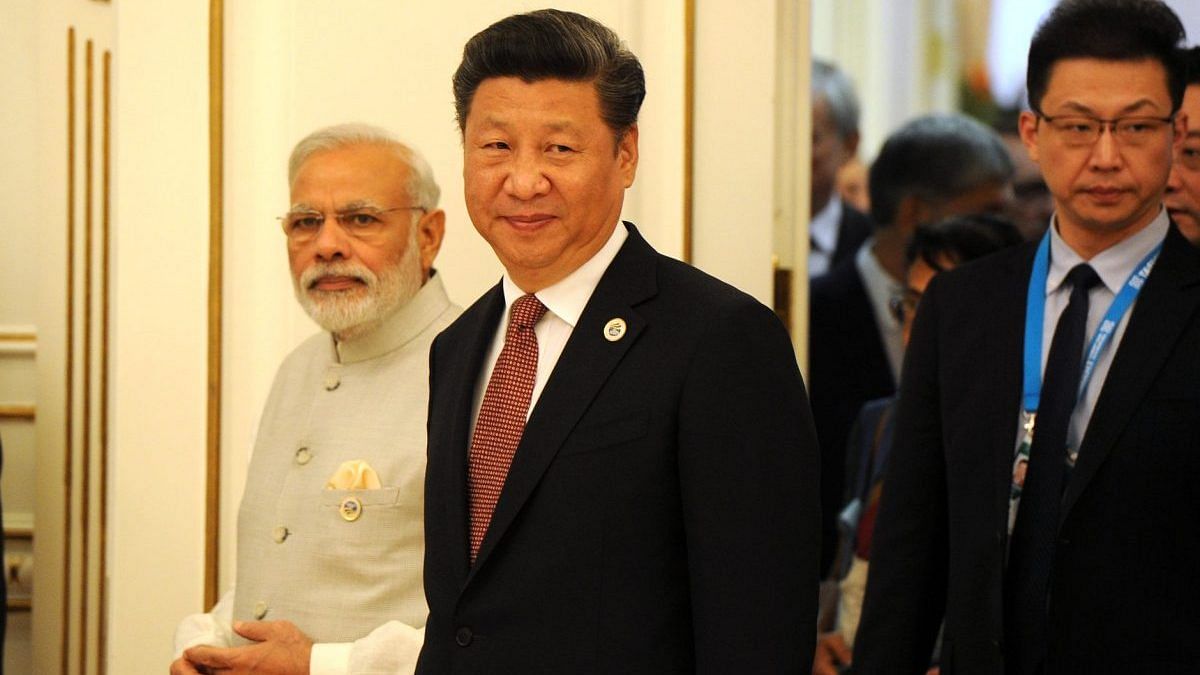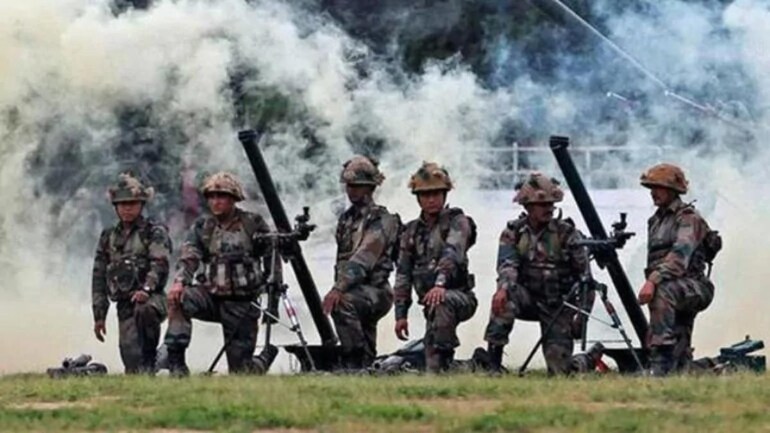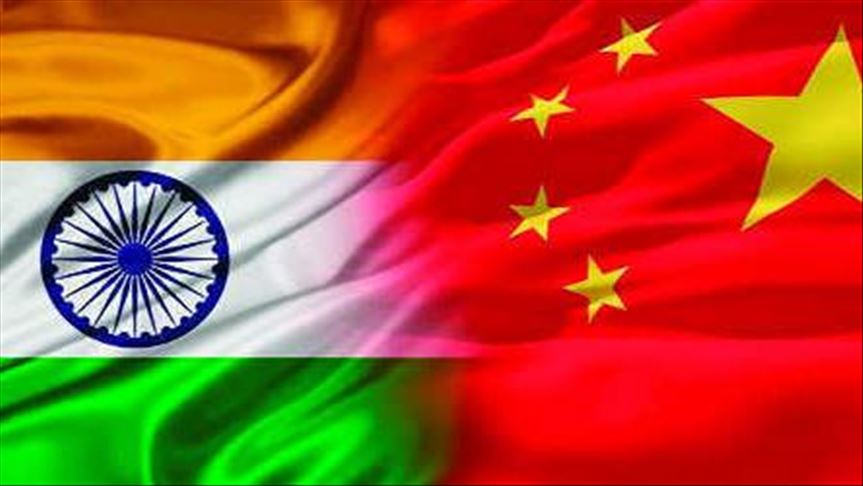
With Chinese Navy positioning itself for dominance in the Indian Ocean through strings of ports in Myanmar, Pakistan and Iran, India is planning rapid infrastructure upgrade in its Island territories to ensure that there is no restriction on navigation or a replay of the South China Sea in Indian backyard.
According to top military officials, India will upgrade the airstrip at INS Kohassa, Shibpur in north Andamans and at the Campbell strip at Nicobar into full-fledged fighter bases. The airstrip at Agatti, in Lakshadweep will also be upgraded for military operations to secure both the Bay of Bengal upto Malacca Straits and Arabian Sea up to Gulf of Aden.
“The two Island territories will be like the new aircraft carriers for India, extending the navy’s reach in the region far from the mainland. Both the Islands sit on the busiest sea lanes of the world with more than half the world trade going through this route,” said a tri-service commander.
Lakshadweep sits on the Nine Degree Channel, so named because it lies on the 9-degree line of Latitude, north of the equator. The Andamans and Nicobar Islands will allow the navy to dominate the Six Degree and Ten Degree Channels towards Southeast Asia and North Asia.
Officials said the infrastructure upgrade had also acquired urgency due to efforts by China, much of it backroom, to get Thailand to start work on the Thai Canal aka Kra Canal that has been on the drawing board for the last 70 years. The canal has been proposed to slice through the Malay peninsula some 800 km south of Bangkok and connect the Gulf of Thailand with the Andaman Sea.
It would let ships bypass the choked Malacca Strait, the main shipping channel between the Indian Ocean and the Pacific Ocean that has become the world’s busiest trade route. For ships passing between the Indian and Pacific Oceans, it would shorten the distance by at least 1,200 km.
There is no unanimity in India’s strategic community on the approach to the Kra canal. One view is that the canal, promoted by China under its Belt and Road Initiative, would pose a risk to India’s long-term maritime security but there is an influential section that sees the construction of the Thai Canal as inevitable given the money China is believed to be throwing at powerful elements in Bangkok.
Like when Thailand was to decide on setting up an ad-hoc committee to carry out a study earlier this year, there were raised eyebrows at how Thailand’s fragmented political class demonstrated unprecedented unity in supporting the move. Even parties that are known to be anti-China had ended up supporting the canal. The Thai King, however, is still opposed to the Kra Canal.
National security planners believe that India should capitalise on the opportunity - bundled with its own set of challenges - that the Kra Canal offers and offer transhipment ports to vessels bound for either Malacca or Kra Canal. As of now, ships wait for their turn at Sri Lankan ports, earning Colombo precious foreign exchange as well as leverage.
It is argued that the infrastructure upgrade in the island territories would serve twin objectives: one, enable India to maximise the economic gains as well as raise its military presence in the Indian Ocean Region.
The continuing focus on the infrastructure upgrade also comes against the backdrop of China’s aggressive moves in Ladakh and its reluctance to restore status quo ante. The Chinese aggression has not only prompted New Delhi to reinforce force deployment along hotspots along the LAC but also in the high seas.
The Indian Navy is on high alert from the Persian Gulf to the Malacca Strait in the context of the standoff with China. The instructions to the navy are clear: That they should be prepared for military action if China mounts an attack along the Line of Actual Control, people familiar with the matter said.
Indian military officials stressed that the upgradation of air bases in the Island territories would ensure that China’s People’s Liberation Army Navy under its President and commander in chief Xi Jinping, does not dominate the area to extract leverage from all countries in the region.
Also Read: Military option on table if talks fail: CDS General Rawat on China
For now, the United States earlier this month flew in its three B-2 stealth bombers to the naval support facility in Diego Garcia in the south Indian Ocean to support the Pacific Air Forces’ Bomber Task Force to deter China from flexing its muscles in the region. Around the same time, the US decided to sell 66 new American-made F-16 fighter jets in the biggest arms sale to the island, a democracy of 24 million people that Beijing claims to be an inseparable part of its territory.
A few days later, the United States also moved aircraft carrier Ronald Reagan and its strike group for maritime air defence operations to the restive South China Sea. The US Navy said the training said the Carrier Strike Group participated in cooperative sea drills with the Air Force’s B-1B Lancer to improve “joint readiness response capabilities. The US Navy said the units conducted air-to-air operations, combat search and rescue drills and air defence exercises, according to the Navy.
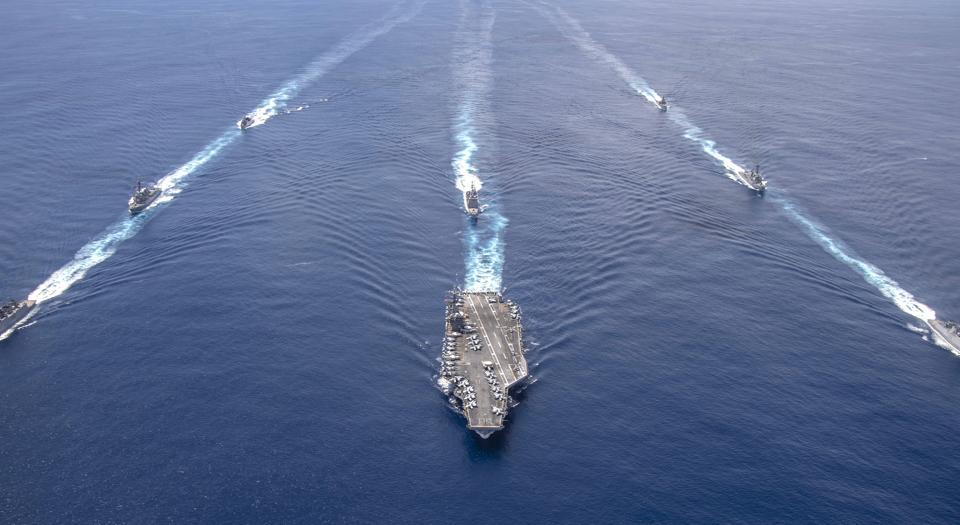
India’s answer to China-backed Thai Canal plan is a huge military upgrade in islands
China will be one of the biggest beneficiaries of the Thai Canal project, aka Kra Canal, thalt will give Beijing an alternative route to the congested Malacca Strait
Last edited by a moderator:



